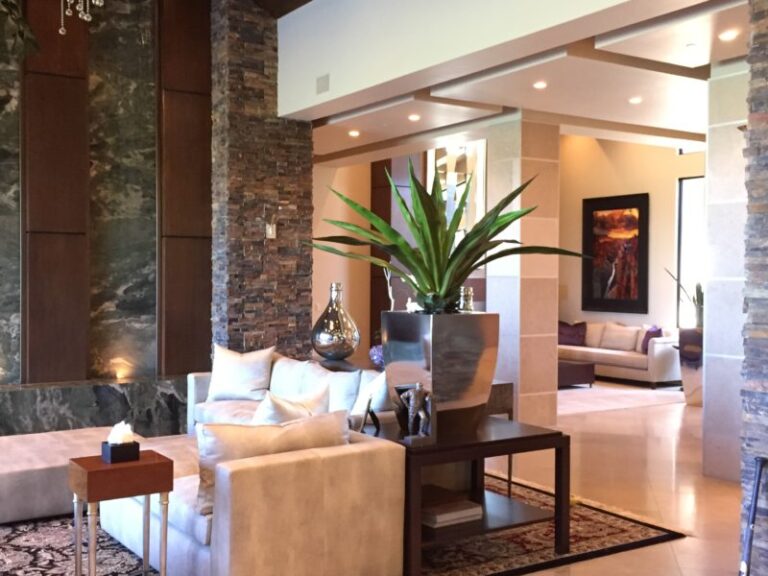
In 2025, the moving industry in Cerritos continues to evolve rapidly, reflecting changing economic realities and shifting consumer preferences. The statistics for local movers in Cerritos reveal a vibrant and competitive market, driven by an increase in population mobility and a growing demand for professional relocation services. As more residents look to move within the city or nearby areas, understanding the latest trends is vital for service providers and customers alike. This article explores the key developments shaping the Cerritos moving market this year.
Surge in Local Moving Activities
Cerritos has seen a notable increase in local moves throughout 2025, with a reported growth rate of approximately 10% compared to last year. This surge can be attributed to several factors: rising employment opportunities, an influx of new residents, and the attractiveness of Cerritos’ community amenities. Families relocating for better schools and job seekers moving closer to work hubs have all contributed to this trend. Consequently, moving companies are experiencing heightened demand, prompting many to scale operations and improve efficiency to keep pace with the market needs.
Embracing Technological Innovations
One of the most transformative forces in the moving industry is technology. Cerritos movers are increasingly adopting digital tools that enhance both operational efficiency and customer experience. Online booking systems allow customers to schedule moves with ease, while GPS tracking provides real-time updates on the location of their belongings. Some companies are also leveraging artificial intelligence to optimize packing and loading processes, reducing human error and speeding up the entire relocation. These innovations reflect a broader shift in consumer expectations towards convenience and transparency.
Diversification of Moving Services
The modern moving company in Cerritos no longer just handles residential relocations. There has been a notable diversification in the types of services offered. Many providers now cater to commercial clients, including small businesses and office relocations, which require specialized logistics and scheduling. Additionally, storage services have become a significant revenue stream, especially for customers dealing with temporary housing or downsizing. Specialized services for delicate, valuable, or bulky items such as pianos, antiques, and artwork are also increasingly common, providing tailored solutions for unique moving challenges.
Economic Considerations and Transparent Pricing
Cost remains a critical consideration for individuals and families planning a move. In Cerritos, the hourly rates for local moving services generally range between $70 and $170, influenced by factors such as distance, volume, and service level. However, what’s changing is the emphasis on transparent pricing. Moving companies are providing detailed written estimates, helping customers avoid surprises on moving day. Flexible packages and add-on services allow clients to customize moves according to their budgets without sacrificing quality. This transparency builds trust and helps companies stand out in a competitive environment.
Focus on Sustainability and Eco-Friendly Practices
With growing awareness of environmental issues, many moving companies in Cerritos are adopting sustainable practices. From reusable packing materials to fuel-efficient vehicles, the industry is gradually embracing green initiatives. Some movers optimize delivery routes using software to minimize fuel consumption, while others offer recycling programs for packing supplies. These efforts not only reduce carbon footprints but also appeal to eco-conscious consumers who prefer companies aligned with their values.
Importance of Customer Feedback and Reputation Management
In the digital age, online reviews have become a major influence on consumer choice in Cerritos. Positive customer feedback boosts a company’s reputation, while negative reviews can quickly deter potential clients. As a result, moving companies are prioritizing customer satisfaction by offering attentive service, clear communication, and problem resolution. Many actively engage with clients through social media and review platforms, responding to concerns and showcasing their commitment to quality. This two-way interaction helps build long-term loyalty and provides valuable insights for continuous service improvement.
For further guidance on moving best practices and regulations, consider consulting authoritative sources such as the Federal Motor Carrier Safety Administration (FMCSA). They provide comprehensive information on interstate moving regulations, consumer rights, and safety guidelines.
In summary
The Cerritos local moving market in 2025 reflects broader national trends while maintaining its unique local flavor. Increased moving volume, technological integration, service diversification, and sustainability initiatives are reshaping how moves are conducted. Transparent pricing and a focus on customer experience further elevate the standards of the industry. For anyone planning a move in Cerritos, understanding these developments offers practical benefits and a glimpse into what to expect from the best local movers.


